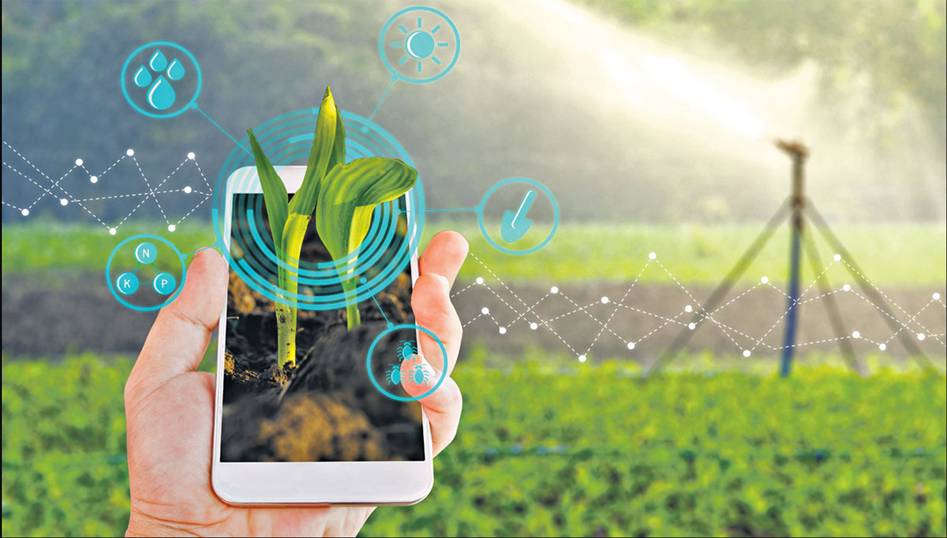The Internet of Things (IoT) has been making waves across various industries in recent years, and agriculture is no exception. With the world’s population projected to reach 9.7 billion by 2050, there is a growing need for sustainable and efficient farming practices to meet the increasing demand for food. IoT offers a range of tools and technologies that can help farmers achieve these goals while also reducing waste and increasing productivity.
IoT sensors and devices can be used to collect and analyze data on a wide range of agricultural factors, including soil moisture, temperature, and nutrient levels. By monitoring these variables in real-time, farmers can optimize their crop yields and minimize water and fertilizer usage, reducing waste and increasing efficiency. Additionally, IoT can help farmers detect and respond to issues such as pests, diseases, and weather changes, allowing them to take proactive measures to protect their crops.
One of the major advantages of IoT in agriculture is its potential to improve sustainability. By providing farmers with more accurate data on their crop and soil health, IoT can help them make more informed decisions about how to manage their resources. This can reduce the environmental impact of farming practices, such as the overuse of pesticides and fertilizers. Additionally, IoT can help farmers identify and reduce food waste by tracking inventory and optimizing storage conditions.
IoT can also improve productivity in agriculture by streamlining processes and automating tasks. For example, IoT-enabled irrigation systems can automatically adjust water usage based on real-time data on soil moisture and weather conditions. This can save farmers time and money while also reducing water waste. Similarly, automated harvesting and processing technologies can increase efficiency and reduce labor costs.
However, there are also challenges to implementing IoT in agriculture. One of the main obstacles is the cost of IoT devices and infrastructure, which can be prohibitively expensive for small-scale farmers. Additionally, there are concerns about data privacy and security, as IoT devices collect sensitive data on crops and farming practices.
Despite these challenges, the potential benefits of IoT in agriculture are significant. By improving sustainability, productivity, and efficiency, IoT can help farmers meet the growing demand for food while also reducing waste and environmental impact. As the technology continues to evolve, we can expect to see even more innovative applications of IoT in agriculture.
In conclusion, the potential of IoT in agriculture is vast, and the technology offers a range of tools and solutions that can help farmers meet the challenges of sustainable food production. With the right investment and infrastructure, IoT has the potential to revolutionize the way we grow and harvest crops, while also improving the health of our planet.
